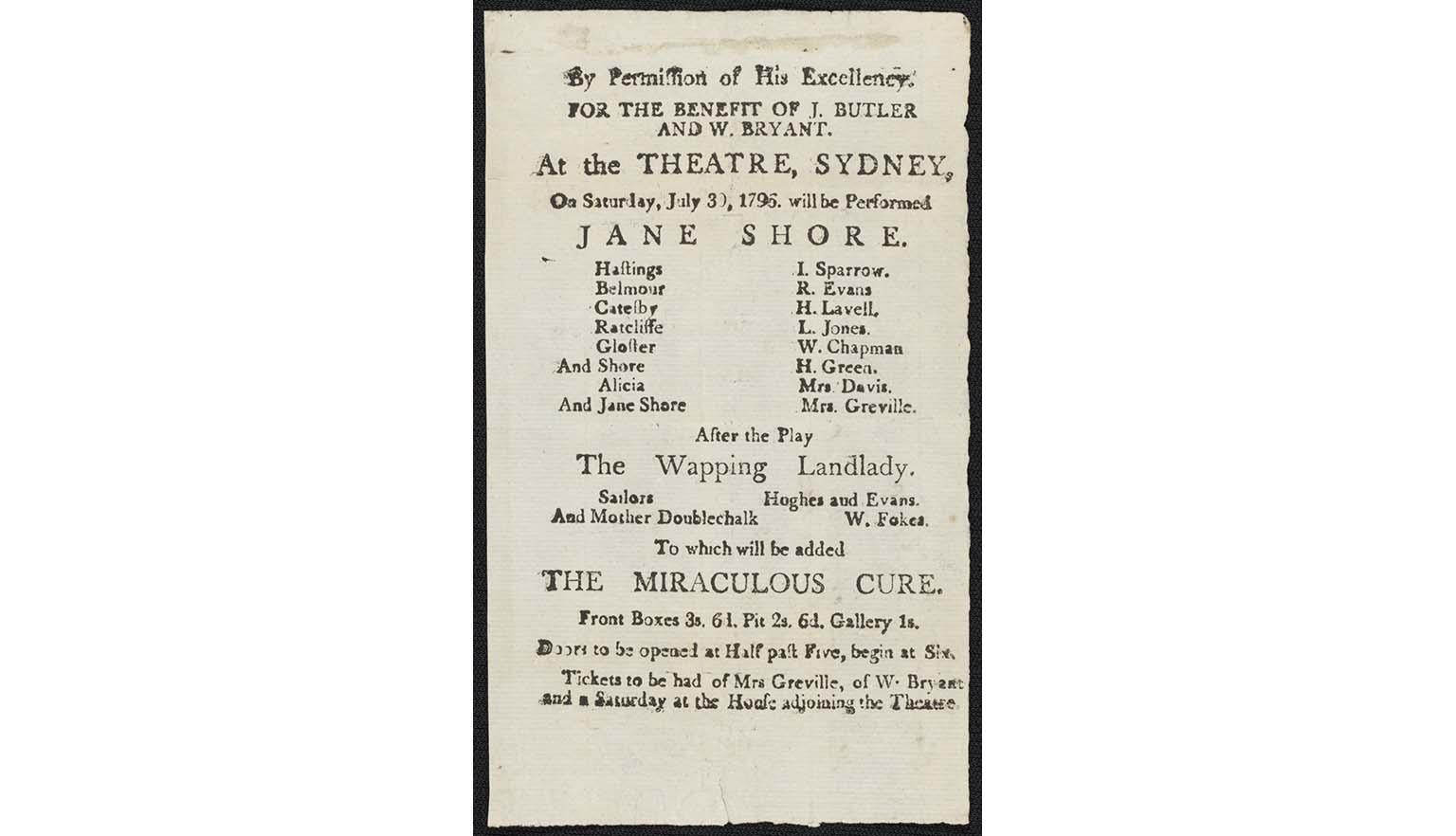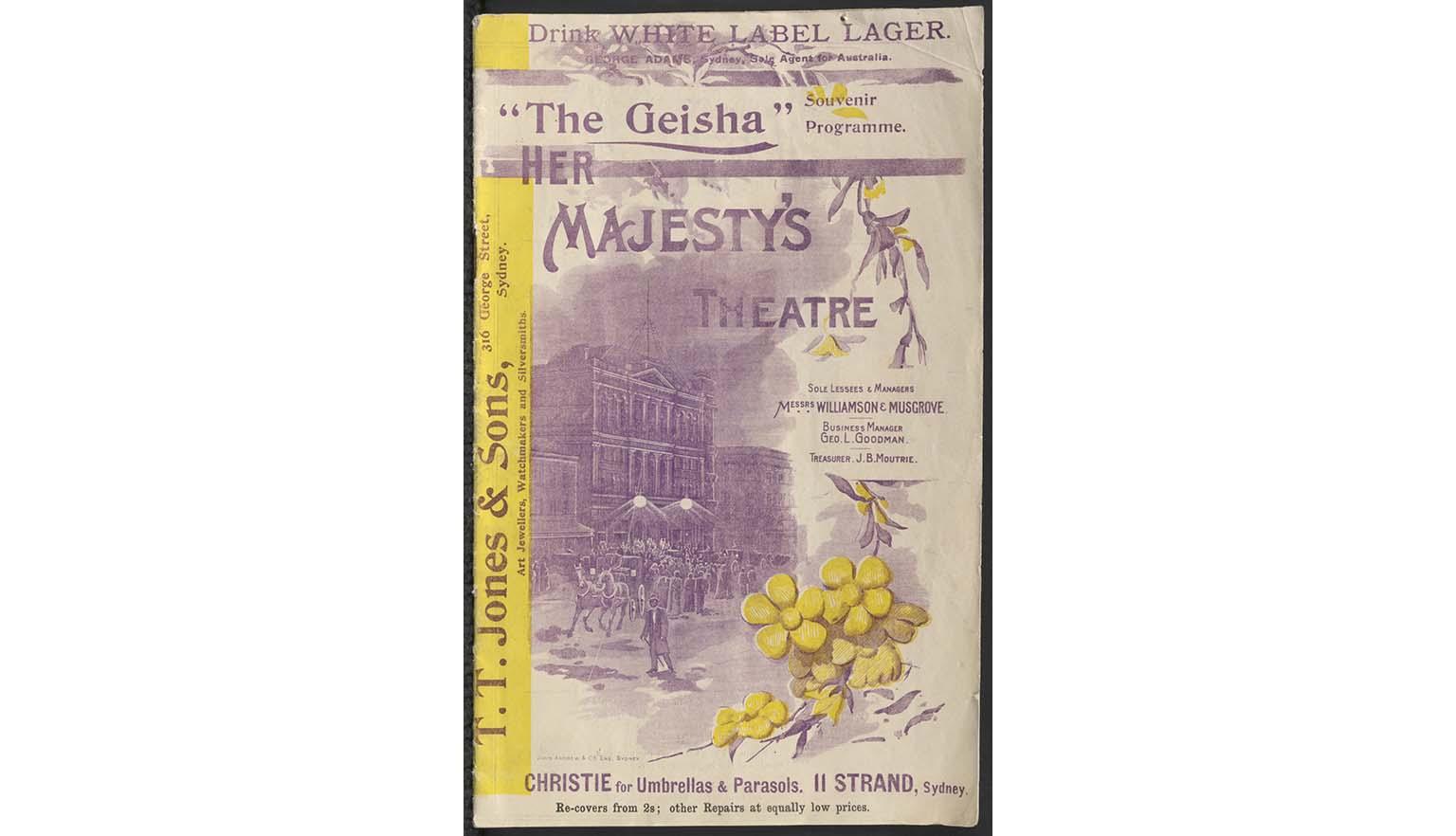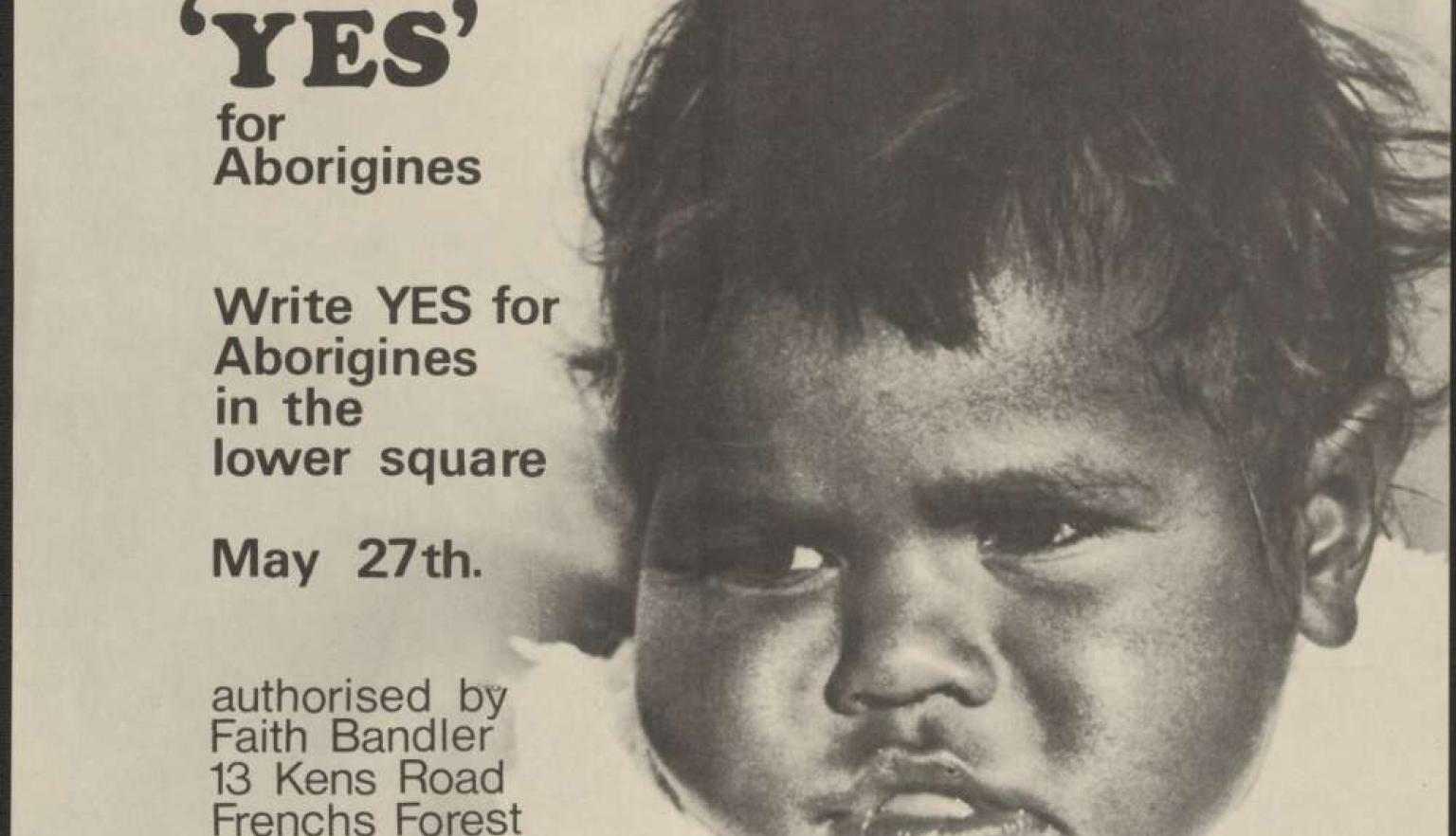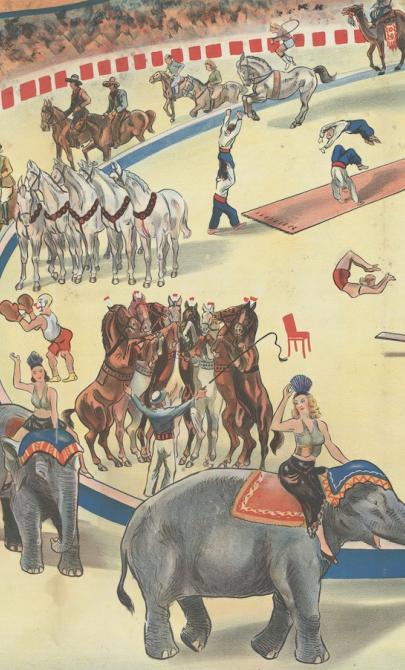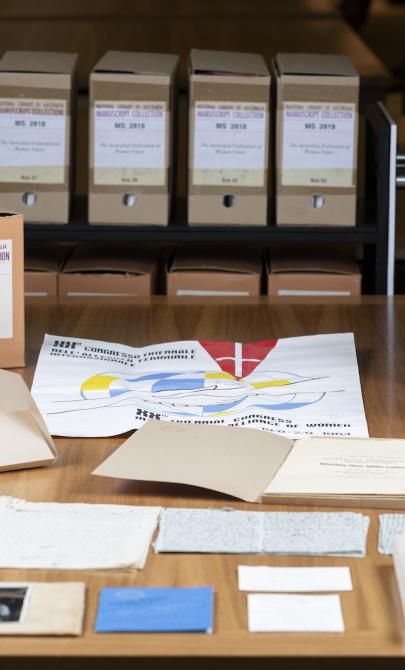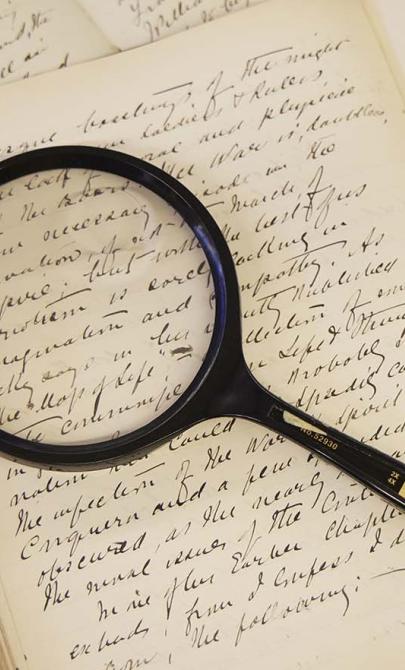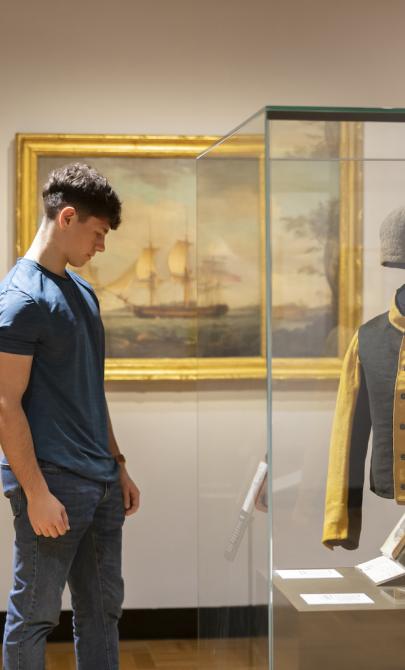Ephemera
We have been collecting Australian printed ephemera since the early 1960s to capture and preserve the story of Australian life, culture, and major events.
Ephemera is everyday items that are not always seen as special at the time but are valued by future generations. These are things we often use briefly and discard—like a wedding invitation, a ticket, or a festival wristband.
Today’s ephemera help tell tomorrow’s stories. They offer a snapshot of how people live, what they care about, and the issues that shape their time.
Highlights
- Paybill of Jane Shore - Australia’s earliest known printed document. This gives an insight into the kind of shows and cultural experiences of the early European settlers in 1796.
- Dance cards, programs and menus – providing insight into the experiences of Australian soldiers in the Boer War.
- Ephemera relating to the 1967 referendum – showing the political conversations that led to changes in how laws applied to First Nations people.
